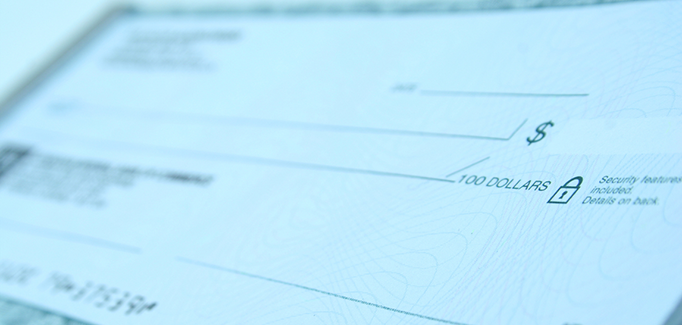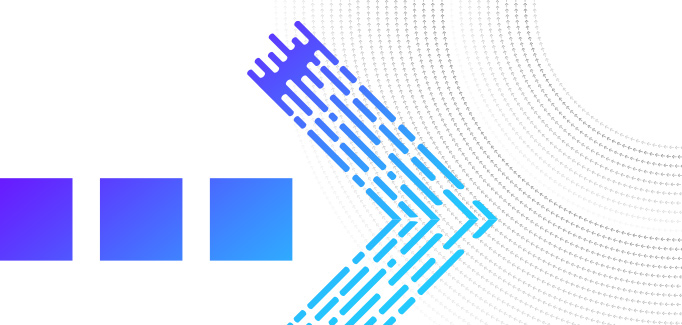Cheque Fraud: How is a Reducing Payment Type Leading to an Increase in Fraud?
April 1st, 2020

Cheque Usage and Fraud
It wasn’t long ago that cheques were going to be relegated to a thing of the past, and whilst that is true in some countries, they are still going strong in others. Likewise, with all the talk about fraud in real-time payments and contactless payments, cheque or check fraud is making a comeback across the globe.
The Current Landscape for Cheque Usage
Cheque use has been declining for many years now and has been phased out in some European countries such as Sweden. In the UK, cheque usage dropped from 1.3 billion items in 2008 to 324 million in 2018, a massive 75 percent reduction. France has seen a nine percent decrease in the past year, with U.S. usage cut in half from 2003 to 2018.
So, it may surprise many that there are now significant increases in cheque fraud occurring across the UK, U.S. and France. In the UK, from a very low base, a rise from £20.6 million in 2018 (£3.3 million in H1 2018) to £53.6 million in 2019, a 161 percent increase. In the U.S., losses increased from $789 million in 2016 to $1.3 billion in 2018. In France, losses have increased to 450 million Euros in 2018, a 53 percent increase
According to UK Finance, the most recent UK figures make interesting reading with significant increases across cheque fraud types:
- Counterfeits are up 159 percent to £41.3 million
- Forgery is up 88 percent to £6.4 million
- Fraudulently altered cheques are up 379 percent to £5.9 million.
Common Fraud Types
When it comes to fraud, we are currently seeing the traditional types of counterfeits, forged and altered, along with conversion. Other scams include uncleareds fraud, otherwise known as kiting.
- Counterfeits is where the whole cheque is fake, which will then be drawn against say a business account and funds removed before a fraud is noticed. A recent example where the counterfeit cheques were cashed shows how lucrative this can be.
- Altered and forged cheques use a real cheque written by the genuine customer, but either have the amount or payee alerted or forge the signature of the real customer with the other elements completed by the fraudster too. These often involve cheques and chequebooks stolen from the post or from a family member.
- Uncleareds fraud or cheque kiting is where fraudsters abuse mismatches in the float/clearing cycle to withdraw funds from the beneficiary account before they bounce on the paying account. Such frauds can be a one-off attempt or a cycle of increasing amounts between two or more accounts. This can also involve abuse of remote deposit capture to pay the same cheque multiple times. This is a form of first-party fraud. Learn more about cheque kiting in our white paper here.
- Conversion is where a valid cheque is paid into the account of someone other than the intended recipient. Accounts maybe set up in similar names or paid at another bank’s counter to credit an account at a third bank, to hide the mismatch. Otherwise stories are concocted to fool staff into accepting the cheques.
- Scams against consumers include when the consumer needs to return some of the funds sent by the scammer by cheque, usually via wire transfer. The cheque then bounces, leaving the victim out of pocket.
Why is Cheque Fraud Happening?
The decrease in cheque usage has reduced the incentives firms have to invest in new technologies for cheques, whilst investments in securing payment methods that are growing, such as Zelle, has increased.
About ten years ago, this was particularly acute in the UK after the introduction of new technologies and as cheque fraud was on a downward trajectory, dropping to historic lows. At its lowest, the UK cheque losses for a year were the same as three days’ worth of CNP fraud.
But not everything stays the same. With the introduction of image clearing, remote deposit capture and faster clearing speeds, we are seeing the fraudsters coming back to attack these changes, hunting for weaknesses and unfortunately often finding them. In the UK, banks no longer have the actual cheque, which can make spotting counterfeits even harder.
It doesn’t help that many customers’ have the perception that cheques are safer than online and mobile banking. Don’t forget that a cheque you share and send unsecured in the post includes your account details, name and a copy of your handwriting and signature.
As fraudsters continue taking funds from FIs and consumers, we will see fraudsters abuse these gaps and look for more. Until significant investments are made to close these gaps, cheque fraud will continue to grow.
What Can Be Done to Prevent Cheque Fraud?
Often FIs will either do cheque image analysis to identify frauds on the cheque itself, or they will undertake some sort of transaction analysis looking for fraud. Both of these are good options on their own, but combining these two together can improve detection. Being able to apply ML and other advanced analytics to the problem rather than simple rules will help reduce false positive rates and increase value detection rates. In addition, layering physical controls on top of this, such as unique reference numbers or 2D barcodes, can also be helpful.
Bringing cheque fraud profiling in with other fraud systems as part of a fraud hub can help too, as a richer data set of customer behaviour can create better alerts. Focusing not just on cheques being paid away, but also on deposits can also help spot cross-channel frauds and mules. For remote deposits capture, this should include bringing in device data within the fraud profiling solutions.
Further, this kind of integration also allows you to leverage investments made in other areas, for example automated customer contact strategies, that are in place in other payment types. With a combination of strategies, FIs can plan to stay ahead of both old and new types of fraud to protect their customers.




